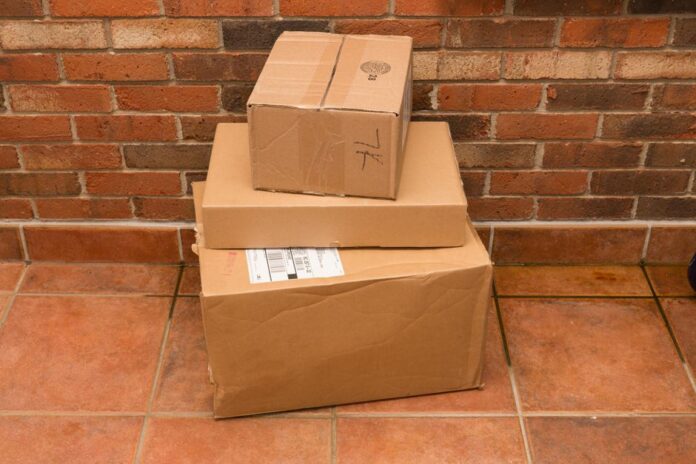In a changing world in which companies are judged as much by their social and environmental credentials as their revenue, it’s vitally important that the waste you produce is not only minimal, but also recyclable. That’s why we presently see so much cardboard in the world, with much of the packaging we use for products and deliveries coming wrapped in this marvelous material. But with so much of the stuff to recycle, companies sometimes struggle to deal with their cardboard effectively. Here’s how your firm can do it.
Collection
The best firms at recycling are those that make no bones about how important it is for their staff to be diligent on recycling. Help them by placing bins or containers around your office, in the backroom of your store, or in your factory. If you’re a larger business producing a large pile of cardboard each day, you might want to consider how often you empty these bins: a full recycling bin is often an invitation for an employee to put cardboard in the non-recycling bin. Make these containers easy for staff to reach to bear the best chance of collecting all the cardboard waste that your firm comes across.
Processing
Most cardboard processing takes place outside of your place of work and in the confines of a specialized cardboard recycling plant. This is perfect for your business, as it means that all you’ll need to do is bundle up your cardboard for collection, leaving any of the tricky processing to another firm. But you should still have a member of staff check through the recycling to make sure no other materials have slipped into the containers that belong in order recycling trays or in the general waste bin.
Collection
Waste collection firms don’t tend to enjoy collecting a pile of loose cardboard. It’s far better for you to install a baling machine, which will compress your cardboard into a neat and manageable cube. Tie it up with wire bought from providers like baling wire direct, and waste collectors will have to make pickups less frequently – and when they do, it’ll be a simple case of loading the cube or cubes into the back of a truck. This is by far the simplest way to manage the collection of your cardboard, and is the preferred method for most larger firms that produce or waste a high volume of cardboard.
Reduction
Of course, it’s better to reduce the cardboard that you waste rather than to recycle it. Recycling takes energy in itself, so it’s better to try to cut down on all areas of your cardboard consumption, or to try to reuse sections of cardboard where possible. Reducing the amount of waste you produce across your business is one of the finest ways to counter the climate emergency, ensuring that you live within your means and don’t commit tons of material to a landfill, or to recycling plants, every year.
Make sure your business is being responsible and smart with its cardboard waste by following the above tips, designed to help larger firms manage the cardboard they so often throw away.






